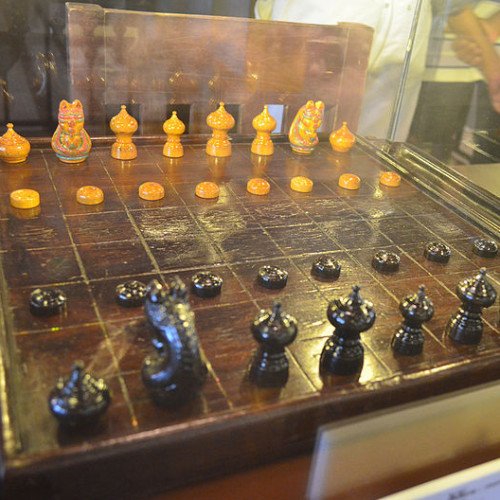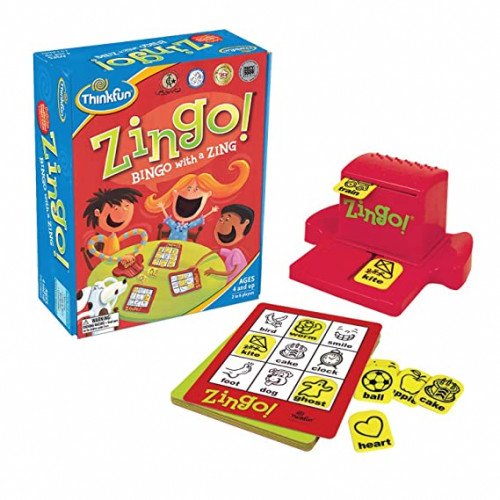MAKRUK VS ZINGO!

MAKRUK
Makruk or Thai chess, is a board game that is descended from the 6th-century Indian game of chaturanga or a close relative thereof, and is therefore related to chess. It is classified as a chess variant. The word "ruk" (Thai: รุก) in Thai is thought to derive from "rukh" which means "chariot" in the Persian language (and is also the common origin of the name for a rook in western chess). The Persian traders came to the Ayutthaya kingdom around the 14th century to spread their culture and to trade with the Thai kingdom. It is therefore possible that the Siamese Makruk, in its present form, was directly derived from the Persian game of Shatranj via the cultural exchange between the two people in this period. This is because the movement of Makruk Thai's queen, or the "seed" (Thai: เม็ด), is essentially the same as the ferz in Shatranj. The disadvantaged player announces the counting of his fleeing moves, starting from the number of pieces left on the board, including both kings. The winning player has to checkmate his opponent's king before the maximum number is announced, otherwise the game is declared a draw. During this process, the count may restart if the counting player would like to stop and start counting again. For example, if White has two rooks and a knight against a lone black king, he has three moves to checkmate his opponent (the given value of 8 minus the total number of pieces, 5). If Black captures a white rook, the count does not automatically restart, unless Black is willing to do so, at his own disadvantage. However, many players do not understand this and restart the counting while fleeing with the king.
Statistics for this Xoptio

ZINGO!
Zingo! is a game inspired by Bingo released by ThinkFun in 2002. Players try to fill their Zingo! cards with matching tiles from the Zingo! "Zinger". In the game, the dealer slides the Zinger to reveal two tiles at a time. When a player sees a tile that matches a picture on his/her board, he calls out the name of the object and places that tile on the matching space on their board. If two players have that tile, the person who calls out the name of the object first gets the tile. The first player to fill his card wins. The Zingo cards allow for more or less competitive play. The green sides have less images in common with the other 7 boards and are therefore more relaxed and less competitive. The green sides, however, have many of the same images and make for more intense games between players.